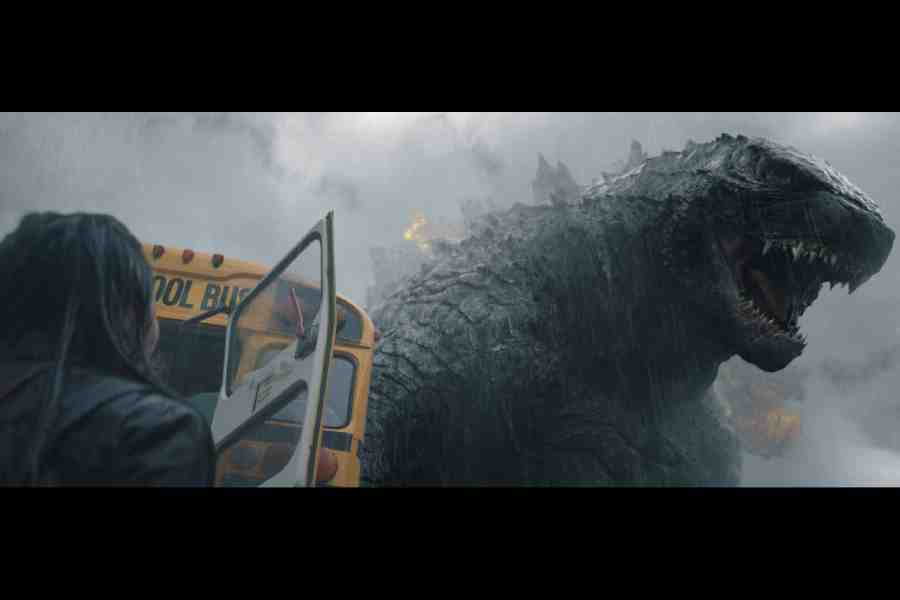Godzilla is far more than a reptilian monster with a vocabulary limited to “Aaarrgh!” He is a fictional celebrity who has outlived real ones by decades and, given the scope of the new Apple TV+ show Monarch: Legacy of Monsters, set to debut on November 17, there is a good chance that the monster will keep a busy schedule for a very long time.
“I was a kid in a sandbox, playing with Godzilla, the toy, in the late 1970s, till the point it was broken into pieces… I still have the toy because it’s a treasured possession. Here I am as an adult filmmaker with a CG version of Godzilla but essentially it’s the same thing. I am still playing in a sandbox,” says Matt Shakman, who has directed the first two episodes of the series. The 48-year-old is no stranger to TV viewers, given his directorial credits on Game of Thrones, It’s Always Sunny in Philadelphia and The Good Wife.
Russell versus Russell
To appreciate the new show, one can’t overlook Gareth Edwards’s fantastic Godzilla reboot from 2014 where the focus shifted from a creature in need of an orthodontist to that of a human story. The TV take, of course, has Godzilla left, right and centre but there is a human story involved.
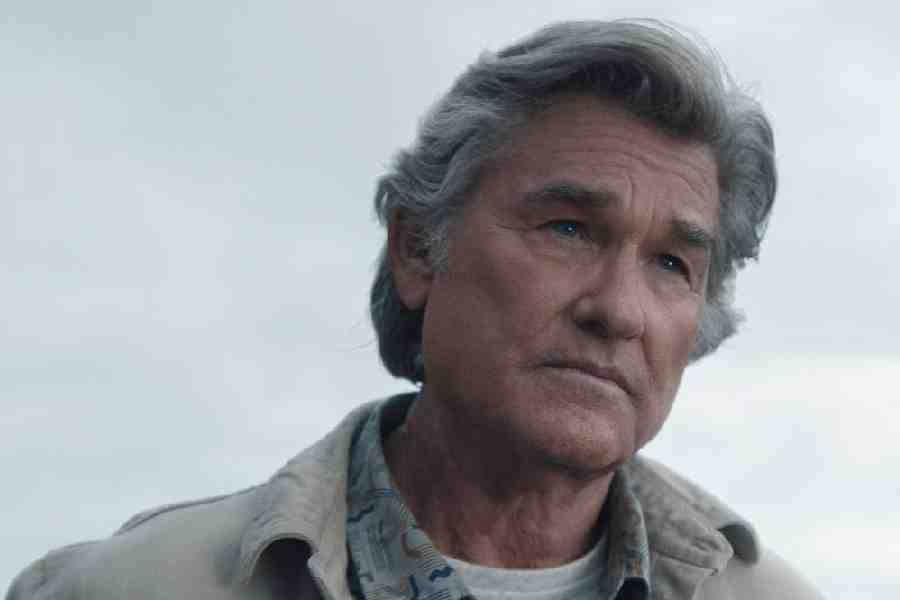
Kurt Russell plays the older version of the character Lee Shaw Picture: Apple
Cate Randa (played by Anna Sawai), a former schoolteacher and a G-Day survivor, travels to Japan to settle family matters, but quickly finds out her half-brother Kentaro (played by Ren Watabe). Their father had a secret that his friend Lee Shaw can help solve. This is where it gets interesting because the older Lee Shaw is played by Kurt Russell while the younger one by Wyatt Russell.
“It’s incredible to work with both of them. The chance of working with Kurt is extraordinary and Wyatt is an incredible actor. It was fun for them to create a character together rather than play father and son, which I think they have been offered before. It was a fun, family project for the two of them. It was fun for me as a filmmaker and also as a bystander, just to see these two wonderful actors create a character together. The character links our complicated, multi-generational story and when we were looking for names for the younger and older Lee Shaw, there was Kurt and Wyatt right at the top of the list,” says Shakman.
Set in both the 1950s and in the more recent past, a year after the 2014 Godzilla reboot, Monarch: Legacy of Monsters tells the story of how the eponymous organisation was born. Only a few people know what had gone down on Skull Island — researchers Bill Randa (portrayed by Anders Holm and John Goodman) and Dr. Keiko Mura (Mari Yamamoto), and army lieutenant Lee Shaw. What this show manages to do is make human characters feel indispensable to the storyline.
“We love the history, we love the movies and we love Godzilla in that world. We want to make sure that fans of that universe will see a world that they would recognise; they will go like: ‘Those are the stories we want to see.’ It was really important to us to offer something that you can approach without being familiar of the Godzilla universe but yet be drawn into a family drama, a family mystery and meet a group of characters who have their own traumas and struggles that would engage you at a storytelling level. Of course, we have our share of spectacular monster action but it couldn’t be a monster show,” says Chris Black, the showrunner and executive producer of the series, who has worked with Matt Fraction, the legendary comic book writer (serves as executive producer on the show).
“For fans of the MonsterVerse, Monarch remains a mysterious organisation. So fans who are already familiar with the world… Cate and Kentaro, who are investigating their father’s identity, discover that his story and the story of the Monarch are the same. People who have been having these questions since 2014 will start getting some of the answers as the characters develop,” says Fraction.
Godzilla for a ‘new generation’
The makers didn’t leave behind Godzilla’s past, the 1954 original, from Toho Studios, to flesh out the monster’s looks but the show’s narrative is contemporary and relatable. Depending on who you ask, Godzilla has had many faces over the years but there is some method to all the madness and stomping.
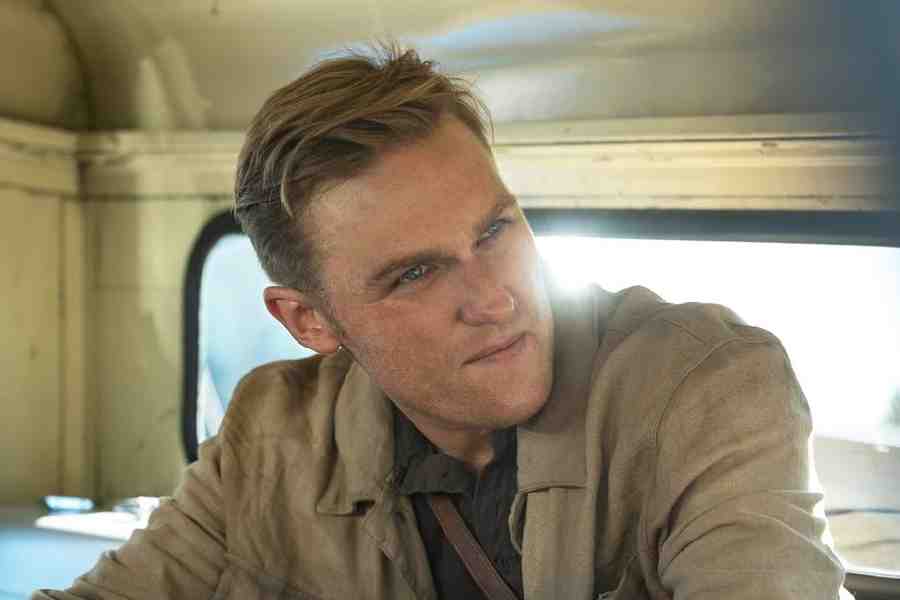
Wyatt Russell plays a young Lee Shaw, who brings the story together across generations
“There is this legendary MonsterVerse design language where you look at the natural world, you look at human mythology, you look at all these points of inspiration and use that as the thing that grounds you. I could go out from there. There is a design language, an aesthetic that permeates through but you have a solid, wide base of things you can go from as long as there is some sort of grounding in real-world anatomy. Sometimes the writers would have a clear idea of what they wanted, so you create a figure that is fearsome, giant and has big teeth, with weird tentacle appendages that come out of its face to tell where it’s going. Or you might also have a situation where this monster is coming out of a ship. So why is the monster in the ship in the first place? We want the audience to ask that question. Sometimes you look at the natural world and you see this big landscape in the first episode and thought it would be wonderful if a creature came out of the ground. We looked around and saw crabs and got inspired,” says Sean Konrad, VFX supervisor for the Apple TV+ series.
There is obviously scale involved when we discuss Godzilla and the developers of the show never compromised even when making it for the TV. For that matter, many will watch the show on their smartphones or iPads. “The movies are epic, massive spectacles. Movies are something we buy a ticket to and go out and see them with our friends and crowds for their shared collective experience; television is smaller and intimate, so you bring the entertainment into your house and spend 10 hours with these people and you need to like them. We are not trying to make scaled-down versions of the movies, we had to have a compelling human drama and there is nothing more compelling than the existential threat of what if my family is not something I thought it was, what if I am not who I thought I am. It’s a great starting space to tell stories,” says Fraction.
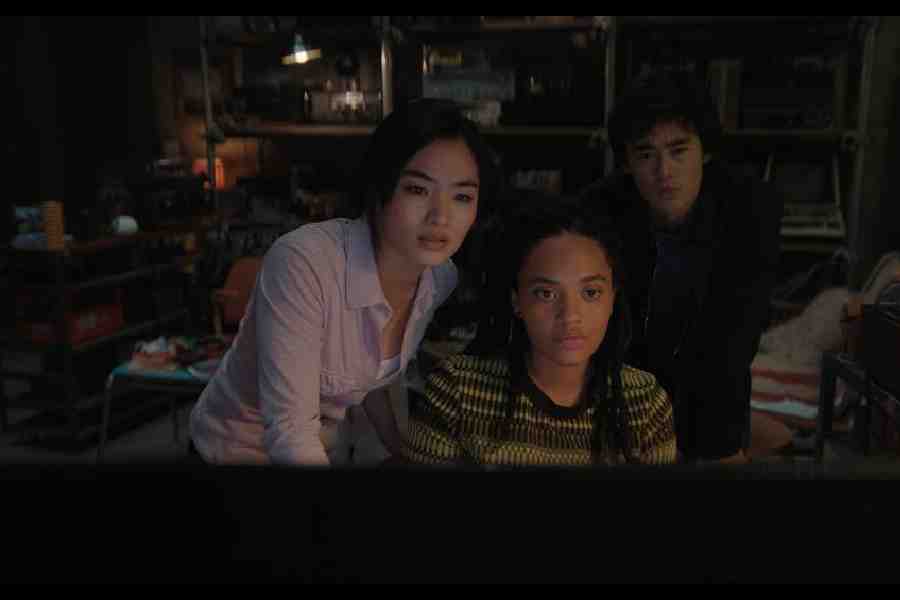
Anna Sawai, Kiersey Clemons and Ren Watabe in Monarch: Legacy of Monsters Picture: Apple
“The title of the show is Monarch: Legacy of Monsters and we hope the show is as much about legacy as it is about monsters,” adds Chris Black. “We come to it from a place of fandom. The truth is I don’t remember the first Godzilla movie that I saw. Godzilla and the Godzilla universe loom so large in my pop cultural consciousness, he was just always there. I remember watching these movies in my parents’ house on Saturday afternoons and we were immediately seduced by that world. I had never seen a guy in a rubber suit. It’s a testament to the cultural resonance, an emotional power of these characters that have continued decade after decade. And the idea that there might be a whole new generation that was coming into that universe through our show is very humbling,” says Black.
Larger set pieces
Besides chronicling Monarch’s (specialises in monitoring and observing Titans) evolution as an organisation, Legacy of Monsters also touches on important moments featured in previous films. Without giving away anything, the creatures that appear on the screen are perfectly terrifying but when they are on screen with humans, the show takes on a pleasantly memorable turn.
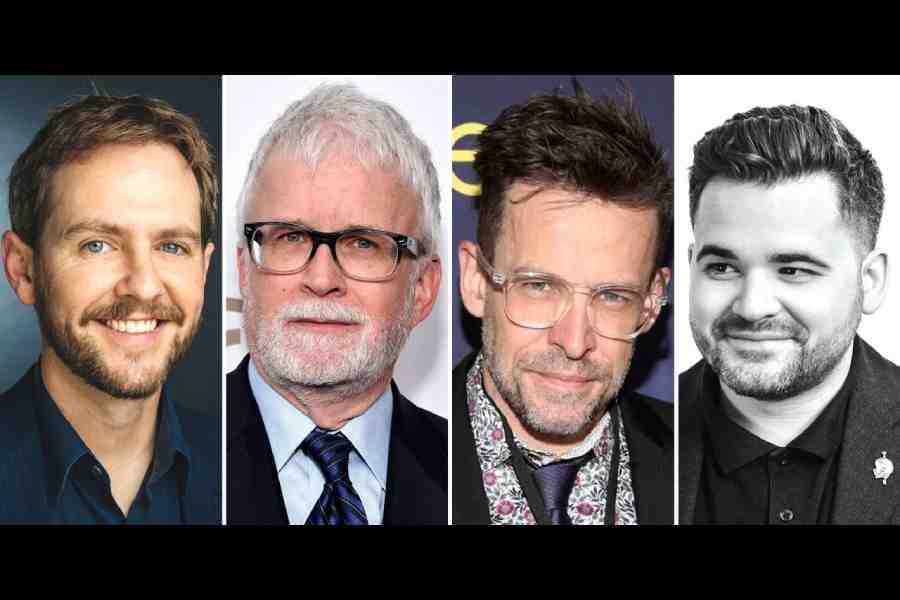
Team Monarch: Legacy of Monsters (left to right) Matt Shakman, executive producer and director; Chris Black, showrunner and executive producer; Matt Fraction, executive producer; and Sean Konrad, VFX supervisor
“We talked a lot about making the show about the sublime… that it doesn’t just mean something beautiful, it can be terrifying and the idea that you could witness some existential threat on the scale of Godzilla and also be frozen by how magnificent it is. You want to see it. There is the tension between the two ideas that is really the charm and appeal,” says Fraction.
Perhaps one of the biggest challenges for directors like Matt Shakman is how they would use the substantial purse that was on the table. The show’s developers must have had a tough time deciding where to put the big Godzilla-stomping scenes and when to come up with the lesser creatures. “Budget is always an issue, even when you are making $100m movies or shows like Game of Thrones or It’s Always Sunny in Philadelphia, you always seem to be running out of money. Apple TV+ gave us incredible resources to make this show and tell the story right. As a filmmaker I am trying to follow my characters, bring them to life and see the world through their eyes… that’s how I am guided to create these larger set pieces as well as the simpler scenes,” says Shakman.
Given how the story unfolds in the pre-screeners we have seen, the MonsterVerse lore and connections to the films come through very well. What the team has done is brilliant — make Godzilla work on your smartphone and TV as much as it would have entertained people in theatres. “Godzilla has worked for many decades and will continue to work for many generations to come because he is such a fantastic character. It’s like your best actors who are as good on your TV at home as they are in the movie theatre. Godzilla is a great character and you are compelled to watch him,” says Shakman.

